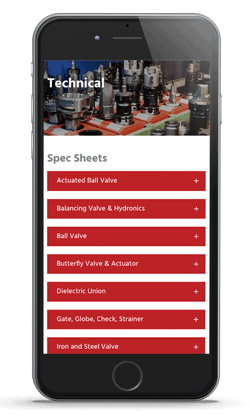Hydronic coil kits from RED-WHITE VALVE CORP. are pre-engineered to save you time and money during hydronic piping installation. Kits that combine accessories with manual or automatic valves decrease the number of field-joined connections, reducing leaks and streamlining the installation process. Our kits are completely customizable to your job specifications and meet BAA requirements.
Browse Our Hydronic Coil Kits
We provide customers with an array of hydronic coil kits for specific applications. Each of our kits includes a valve, a brass strainer with shut-off, 2 stainless steel braided hoses, and a union with an air vent. Browse our selection of hydronic coil kits to find the valve that aligns with your job specifications:
-
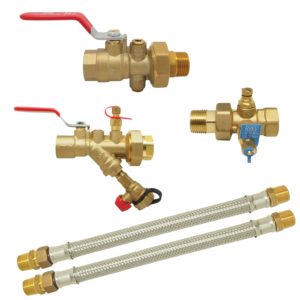 View Details
View DetailsCK Coil Kit with DZR Brass Union Ball Valve
$59,345,792,292.00 Add to cart -
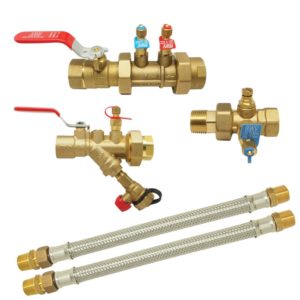 View Details
View DetailsCKA Coil Kit with Automatic Balancing Valve
$1.00 Add to cart -
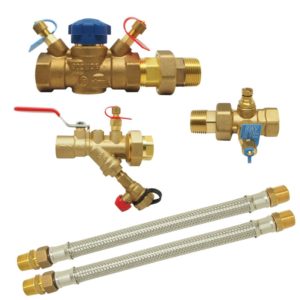 View Details
View DetailsCKM Coil Kit with Manual Balancing Valve
$1.00 Add to cart -
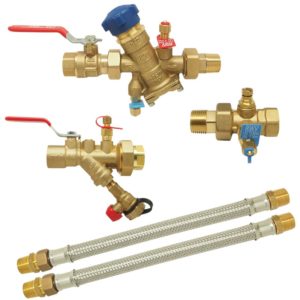 View Details
View DetailsCKP Coil Kit with Pressure Independent Control Valve
$1.00 Add to cart -
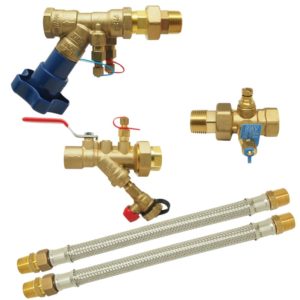 View Details
View DetailsCKS Coil Kit with Static Balancing Valve
$59,345,792,292.00 Add to cart

